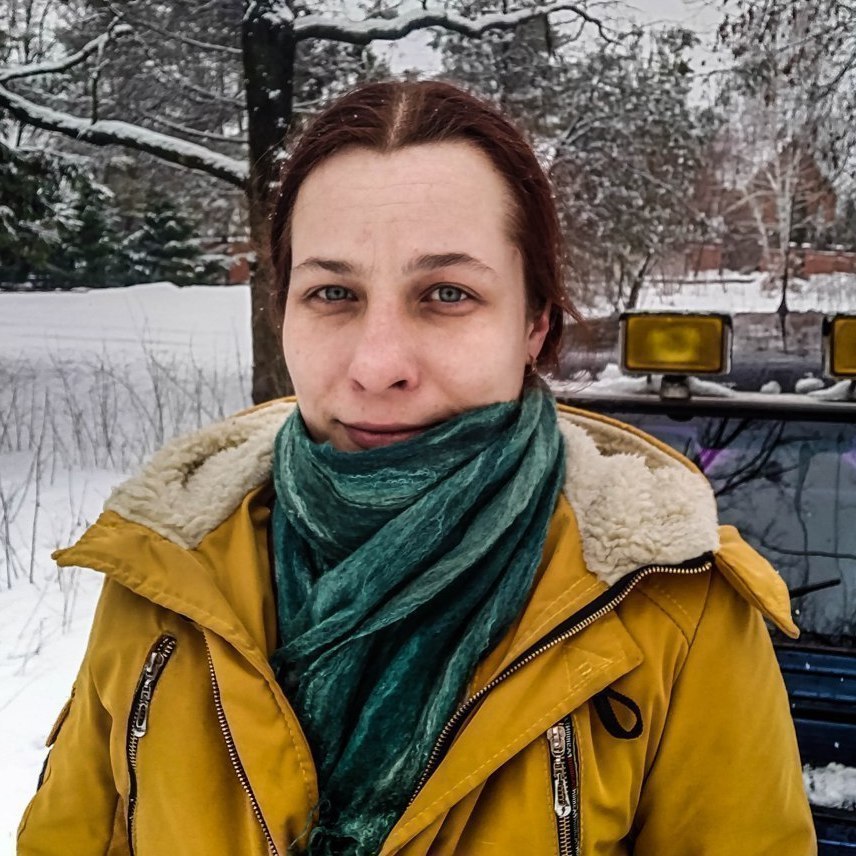Графська садиба Капніст, с. Михайлівка
Type: Architectural object Kind: Historical
Country: Ukraine Region: Sumy region Locality: Михайлівка
Availability: Private, Not available for visits, Bad road (during any weather, can be driven by two-wheel drive cars)
Відвідавши ці краї в середині XIX століття Філарет (Д. Г. Гумілевський) в своїй праці «Історико-статистичний опис Харківської єпархії» писав:
«Місцевість Михайлівки – чарівна. Дивлячись з хребта гір, під якими розташована Михайлівка, ви бачите амфітеатр гір і при підошві їх долину, вкриту оксамитною зеленню лугів: поблизу хребтів лентою в’ється Псел, який, зрошуючи навесні долину водою, запліднює її розкішною рослинністю ».
А Григорій Лукомський, який приїхав туди на початку XX століття, зробив прекрасні знімки.
Ім’я Михайлівка отримала від свого першого власника, племінника гетьмана Івана Самойловича – гадяцького полковника Михайла Васильєва. Йому ж вона і була подарована царською грамотою в 1675 році. У долі Івана Мазепи сам гетьман Самойлович зіграв важливу роль. Той доручив Мазепі виховання своїх дітей, присвоїв звання військового товариша, а через кілька років подарував чином генерального осавула. Ступінь участі Мазепи в інтризі, яка велася проти гетьмана Самойловича, до сих пір викликає питання у дослідників. Однак факт залишається фактом. У липні 1687 року генеральні старшини і кілька полковників подали князю Голіцину донос на гетьмана Самойловича, звинувативши його в намірі утворити з Малоросії окреме володіння. Голіцин відправив донос в Москву, звідки незабаром отримав указ заарештувати Самойловича, усунути його, згідно з бажанням старшин, від гетьманства і заслати в одне з великоросійських міст. Разом з Самойловичем репресій зазнали не тільки його прихильники, а й найближчі родичі. А у Михайлівки з’явився інший власник – племінник нового гетьмана Івана Мазепи, Іван Павлович Обидовський. Однак в 1701 році той, кому не мавший дітей Мазепа планував передати свою гетьманську булаву, гине.
Після переходу Мазепи на бік Карла XII цар Петро I віддає багату Михайлівку чернігівському полковнику Павлу Полуботку, який в 1722 році став наказним гетьманом.
Саме з Полуботками пов’язаний перший розквіт Михайлівки. Ними будується великі (в 2 поверху) і малі хороми. Маєток був одним з улюблених місцеперебувань гетьмана. Переважно в ньому жила і його друга дружина – Анна Романівна (уроджена Лазаревич). Легенда свідчить, що, отримавши в 1723 році звістка про арешт чоловіка, вона сховала в михайлівських льохах незліченні скарби. На початку ХХ століття льох з величезних тесаних каменів ще бачив Григорій Лукомський. А ось легендарне «золото Полуботка» шукають досі.
Після смерті чоловіка вдові і дітям було повернуто все майно. Від Полуботків по жіночій лінії Михайлівка дістається Іваненко. У цей період (початок XIX століття) в Михайлівці на місці старого дерев’яного будується кам’яний трьохпрестольний храм на честь Різдва Богородиці, що вважався в ті часи одним з кращих в єпархії. До наших днів він, на жаль, не дожив. Зараз в пам’ять про зруйнований храм на тому місці стоїть простий дерев’яний хрест.
У 1833 році Уляна Дмитрівна Білуха-Кохановська вийшла заміж за Олексія Васильовича Капніста. Після смерті її рідного дядька Олександра Андрійовича Іваненко (самого багатого і впливового поміщика на той момент в Лебединському повіті) в 1852 році Михайлівка переходить до Капніста, у власності яких залишається до приходу більшовиків до влади.
Сім’я ця мала давнє і славне минуле. Були вони греками і походили з острова Занте, що в Іонічному морі. Відважний Стомателло Капніссос хоробро бився з турками в 1679 році. Від Венеціанської республіки він отримав графський титул з правом успадкування. На гербі його був зображений острів Занте з палаючим вулканом, мечі як знак видатної хоробрості і напис: «У вогні непохитний».
Право на цей герб і графський титул в Російській імперії було повернуто Капніст «височайшим імператорським указом» і рішенням Сенату лише 17 березня 1877 року. Герб графів Капніст був затверджений імператором Олександром II 9 березня 1879 року в Царському селі. Онук Стомателло, Петро Христофорович, на початку ХVIII століття прийняв підданство Російської імперії. Син Петра Капніста, Василь Петрович Капніст, служив сотником Слобідського полку.
Надалі рід Капніст дуже розрісся. Численні представники цього сімейства володіли великими землями на території нинішньої України і прославили сім’ю своїми славними діяннями, перелік яких зайняв би чимало часу і місця.
А Михайлівку і донині називають «садибою графів Капніст», незважаючи на те, що заснував її насправді Іваненко. Може, це і добре. Адже реальних фамільних садиб графів на Слобожанщині залишилося не так вже й багато.
Отримавши садибу в спадок, Капністи, ясна річ, її трохи поліпшили і добудували. З власників Михайлівки найбільш відомий граф Василь Олексійович Капніст. З 1867 по 1888 роки він обіймав посаду Лебединського повітового ватажка дворянства. А з 1888 по 1902 роки Василь Андрійович був ватажком дворянства всієї Харківської губернії. Писав книги, значився почесним громадянином Лебедина. Збирав предмети мистецтва: картини (серед яких були роботи пензля Рубенса), меблі та фарфор. Вся ця величезна колекція разом з великим родинним архівом старовинних документів зберігалася в Михайлівській садибі.
Портрет роботи І. Н. Святенко
Був граф Василь Олексійович Капніст також і завзятим меломаном. У своїй роботі «Лебединське літо Сергія Рахманінова. До 125-річчя від дня народження великого композитора і піаніста» прекрасний сумської дослідник Ігор Скворцов пише про приїзд до Михайлівки видатного композитора наступне:
«Саме тут, в Михайлівці, Рахманінов зміг якнайкраще познайомитися з чудовими зразками народної культури України».
Там же автор наводить вельми цікавий факт. Виявляється, що граф Капніст не тільки був творцем хору, а й сам співав у ньому перед гостями.
фото Ігоря Скворцова
Відомий вже нам Григорій Лукомський планував писати згодом продовження своєї книги «Садиби Харківської губернії», так як в неї увійшли лише шість родів з одинадцяти. З цією метою в 1913 році він відвідав Михайлівку. Як відомо, через війну, що почалася, другий том так і не був опублікований. Однак зроблені ним тоді унікальні фотографії самої садиби були надрукували в № 56 журналу «Столиця і садиба».
Від розкішного палацу з білими колонами і чудовими внутрішніми залами в наш час, крім пам’яті, не залишилося і сліду.
Автор – Антон Бондарев, Джерело



















